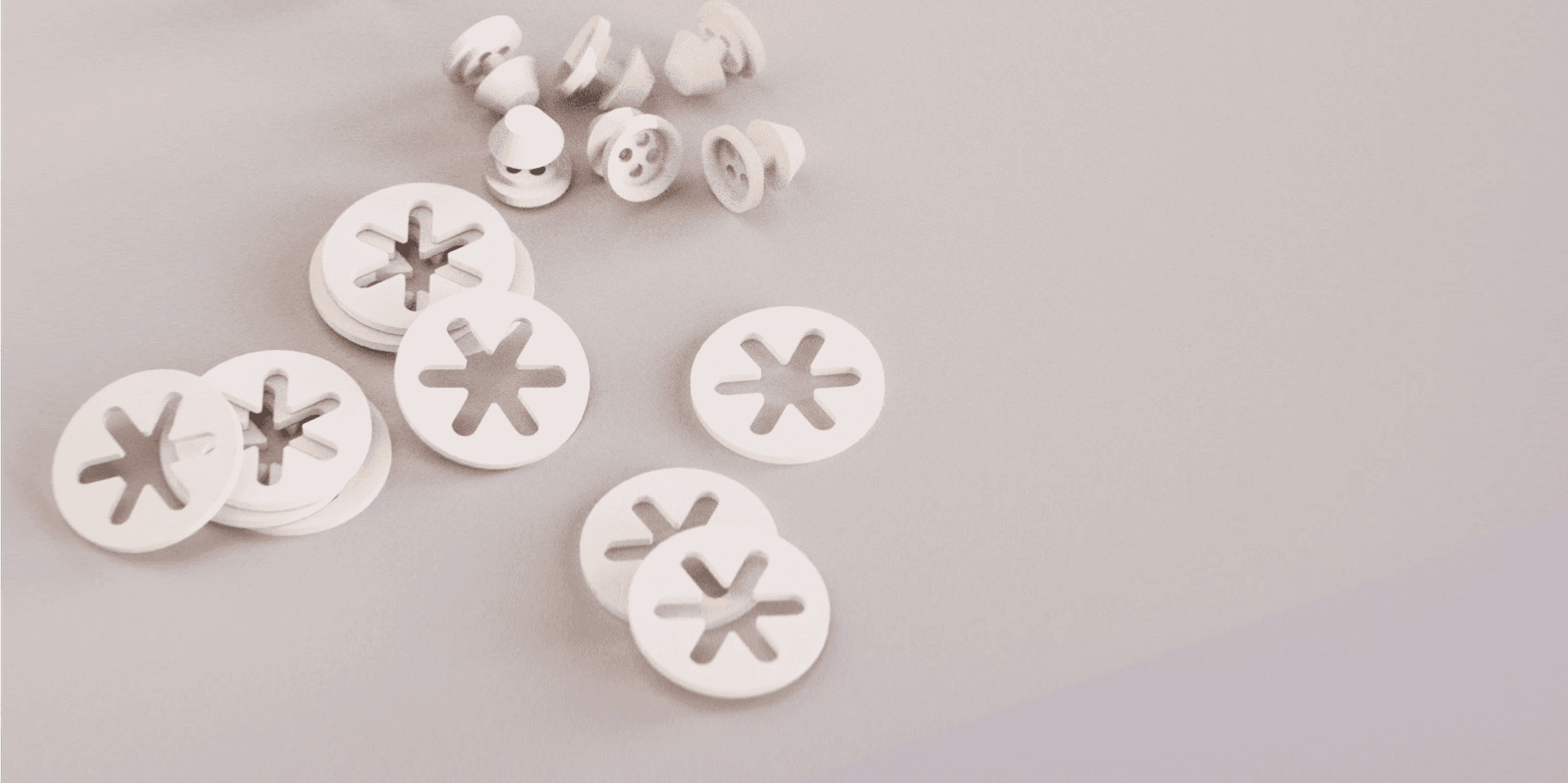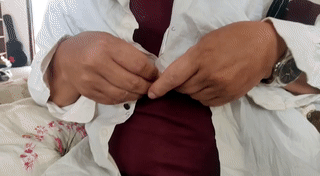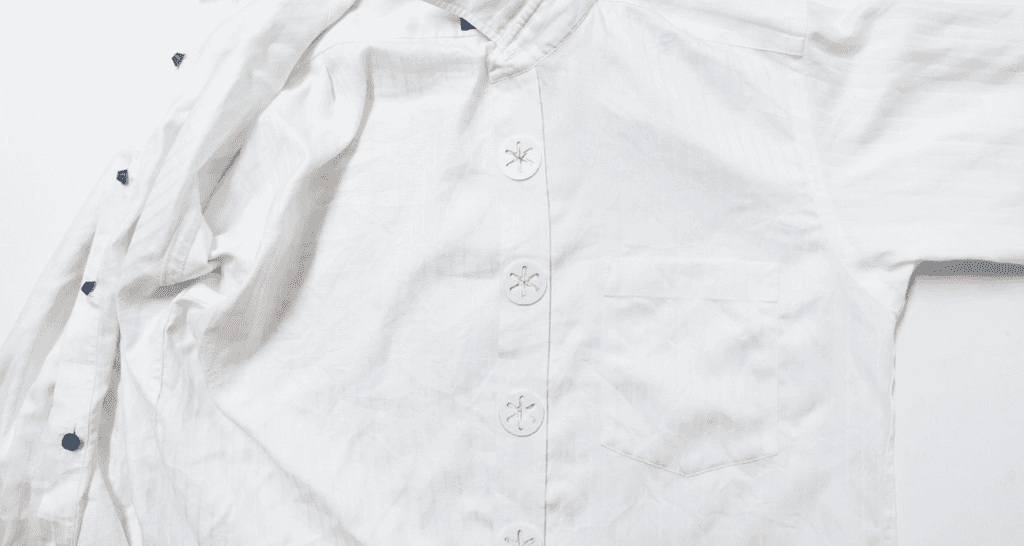EasyFit—Clothing for Patients with Parkinson’s
Aug 2021—June 2022
About
For decades, patients with Parkinson's have had to rely on unaffordable adaptive clothing or wear ill–fitting garments due to their loss of fine motor control.
The issue of access is exacerbated by the tone–deaf nature of fashion design that creates clothing lines for patients without appreciating that most patients have wardrobes full of clothes that they would like to continue to use and not discard.
Work
EasyFit was developed alongside patients in Guwahati to allow them to independently dress themselves. It can replace existing fasteners in shirts, kurtas, sleeves and pants.
It is fabricated in two parts—an ABS button and a TPU receptacle, both of which have been scaled up to compensate for the reduced motor function in patients.
Patients can easily insert the tapered button stem into the receptacle and tug it along any axis to lock the fastener.
Ease of Adaptability
EasyFit allows any clothing to be adapted for patients in just a few minutes—by replacing the traditional button and eye with the TPU replacement, buttoning up garments is just a matter of inserting the button and tugging it in any direction to fasten.
In order to come to this solution, I tried and adapted dozens of prototypes, from zippers along sleeves to bistable compliant mechanisms to even trying out custom shaped hooks and fasteners.
Some rejected ideas. Seen here are some bistable compliant mechanisms.
Testing
In the brief respites during the pandemic, I had the chance to test solutions with patients with Parkinson’s. Those with whom this solution was tested, found the process of wearing the garment extremely simple and secure, unlikely to pop open with regular day to day use.
Next steps involve making the experience of installation seamless and finetuning the design to create a better experience.
Design verification of the initial prototypes.
Testing prototypes with our patients during COVID, circa 2021.
Variations
After extensive testing and redesign, I arrived at two parameters that were further fine tuned in order to ensure excellent fit and comfort for our users.
These were the thickness of the TPU membrane and the width of the channels that we used.
The six channel design evolved from the understanding that patients usually totally lacked fine motor control, and this design element allows them to push the button in any direction and have it lock securely.
Prototypes where we varied parameters including TPU membrane thickness to pick the most comfortable thickness.
Early prototypes installed onto a shirt.




